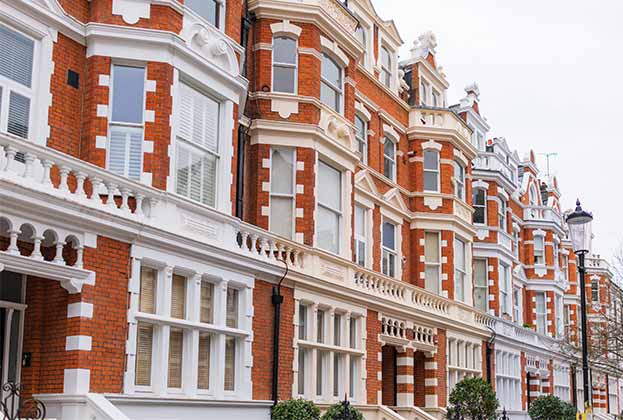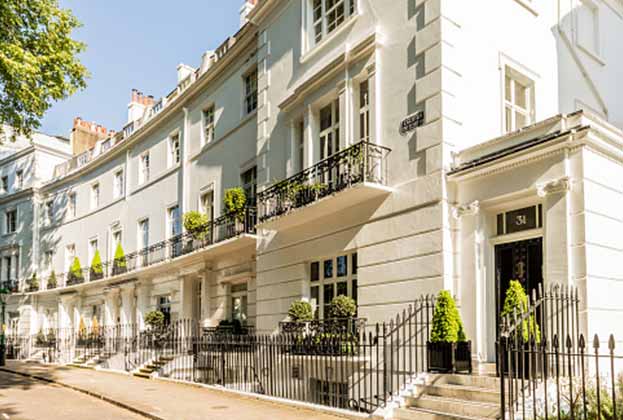What has happened to supply and demand in the prime central London lettings market and how has this affected rental values?
Lucian Cook and Georgina Bartlett discuss the prime central London lettings market at 60 Curzon
While long-term rental growth across the majority of the private rented sector is underpinned by an inherent undersupply of available rental stock, this is much more difficult to argue across prime central London. This reflects both the residential land holdings of the so-called 'Great Estates' and the scale of investment from overseas and domestic investors over many years.
LESSONS FROM THE CENSUS
Indeed, data from the census tells us that 42% of all homes and 58% of privately owned homes across the boroughs of Westminster and Kensington & Chelsea are in the private rented sector, with 75% of privately owned one-bedroom properties rented.
Against this context, demand is much more international and typically more discretionary than in other parts of the rental market. The same census data tells us that 56% of those renting in the same two boroughs do not hold a UK passport.
The result is less sustained long-term upward pressure on rents. That generally means more competition among landlords to attract demand from a pool of affluent multinational tenants. And the depth of that demand is not only dependent on London’s standing as a global financial centre, tech city and place to study, but as importantly, its accessibility.
BIG SWINGS AND A RETURN TO NORMALITY
For this reason, we have seen some big swings in rental market conditions over the past five years. Initially, the pandemic and the resultant lockdown curtailed demand, causing levels of unlet stock to rise dramatically and put significant downward pressure on rents. However, that was relatively short-lived, with any falls in rents more than offset by unusually strong rental growth, as a surfeit of supply quickly turned to a deficit when London reopened.
More recently, the market has, for want of a better phrase, normalised, with longer-term drivers and demand and supply returning to the fore. The market has also reverted to more seasonal trends, which were the norm pre-pandemic, with stronger growth returning over the second quarter in line with the traditionally busy summer period. This means that annual rental growth across prime central London returned to 2.0% in the year to the end of June.
As we look forward, the market is less exposed to disruption from rental reform than the wider rental market, not least because of the amount of rental stock that sits above the current Assured Shorthold rental threshold. Meanwhile, any changes in "non-doms" taxation may tip the buying versus renting dilemma a little more to the latter.
To read more of our Residential Research please visit our Residential Hub
Read the articles within In Focus: Prime Central London – Autumn 2024 below
.jpg)




